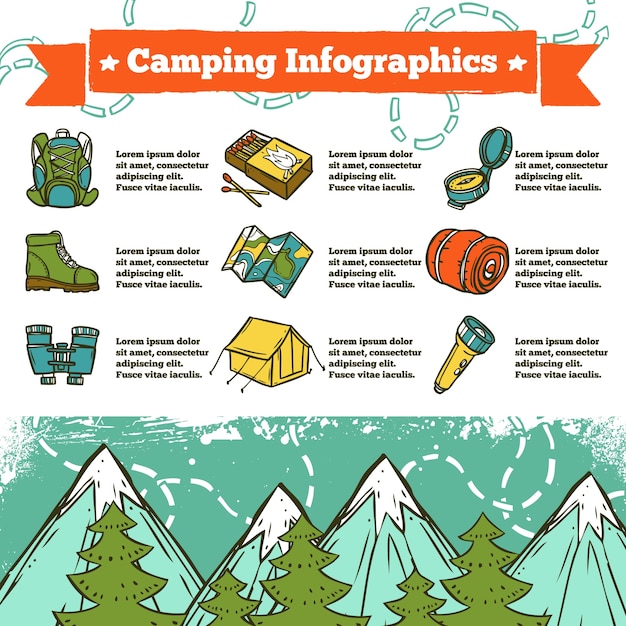In time, the outdoors tents you make use of get worn and start to break down. If you discover your rainfall fly coming to be sticky or the urethane coating flaking off, it's time to support the waterproofing.
The very best area to start is to clean the fly in amazing water and odorless laundry cleaning agent. This will get rid of any dust and grit that may be triggering it to stick or flake.
1. Seal the Seams
The sound of water leaking inside your outdoor tents is among the most awful camping noises. Sealing the seams is a very easy way to maintain moisture from leaking right into your tent. To reach the joints, set up your outdoor tents with the rainfly inside out for easier gain access to. You can find seam sealer at most equipment stores. Thinly-mixed silicone works well for this application. Make certain to let the sealant completely dry completely before placing your outdoor tents away.
2. Revitalize the Urethane Layer
Sticky tent flies can result from a failure of the polyurethane covering utilized in backpacking outdoors tents. If this is the case with your old fly, it's worth attempting some simple methods prior to sending it to the dump.
One means is to wash the fly and camping tent flooring in cold water with light powdered detergent at a laundromat. This will typically remove off the peeled covering and bring back waterproofing.
An additional option is to soak the material in a blend of massaging alcohol and warm water. This will usually liquify the urethane layer into a greenish blob that can be scuffed away. If any kind of persistent spots remain, apply even more massaging alcohol to the textile and continue soaking up until it's clean and completely dry. Wash extensively and apply a new coat of waterproofing.
4. Inspect the Floor
Leaking water places in the flooring can create significant hot water loss, add to your heating expenses, and cause mold and mold and mildew troubles in your house. Use an infrared thermometer to scan the floor and determine warm areas where water is getting away. These leakages might be brought on by a used gasket at the hot water heater or by an old line attaching to it.
Flies are additionally brought in to natural products such as garbage, animal feces and remains in the yard and in kitchens, and they lay their eggs in places such as sink drains where slime accumulates. Control these breeding sites by routinely getting the trash and cleaning up pet wall tent waste in the yard.
